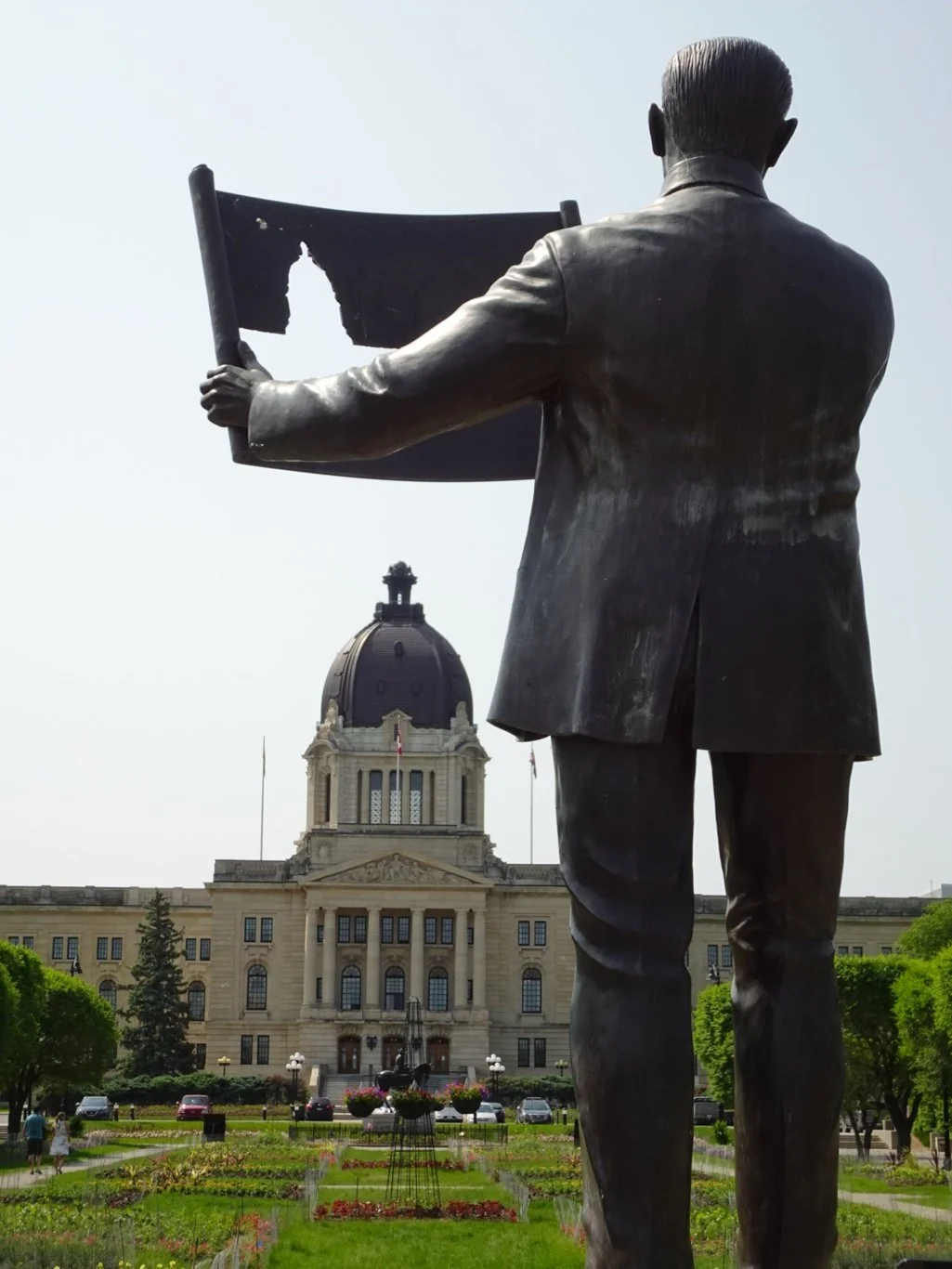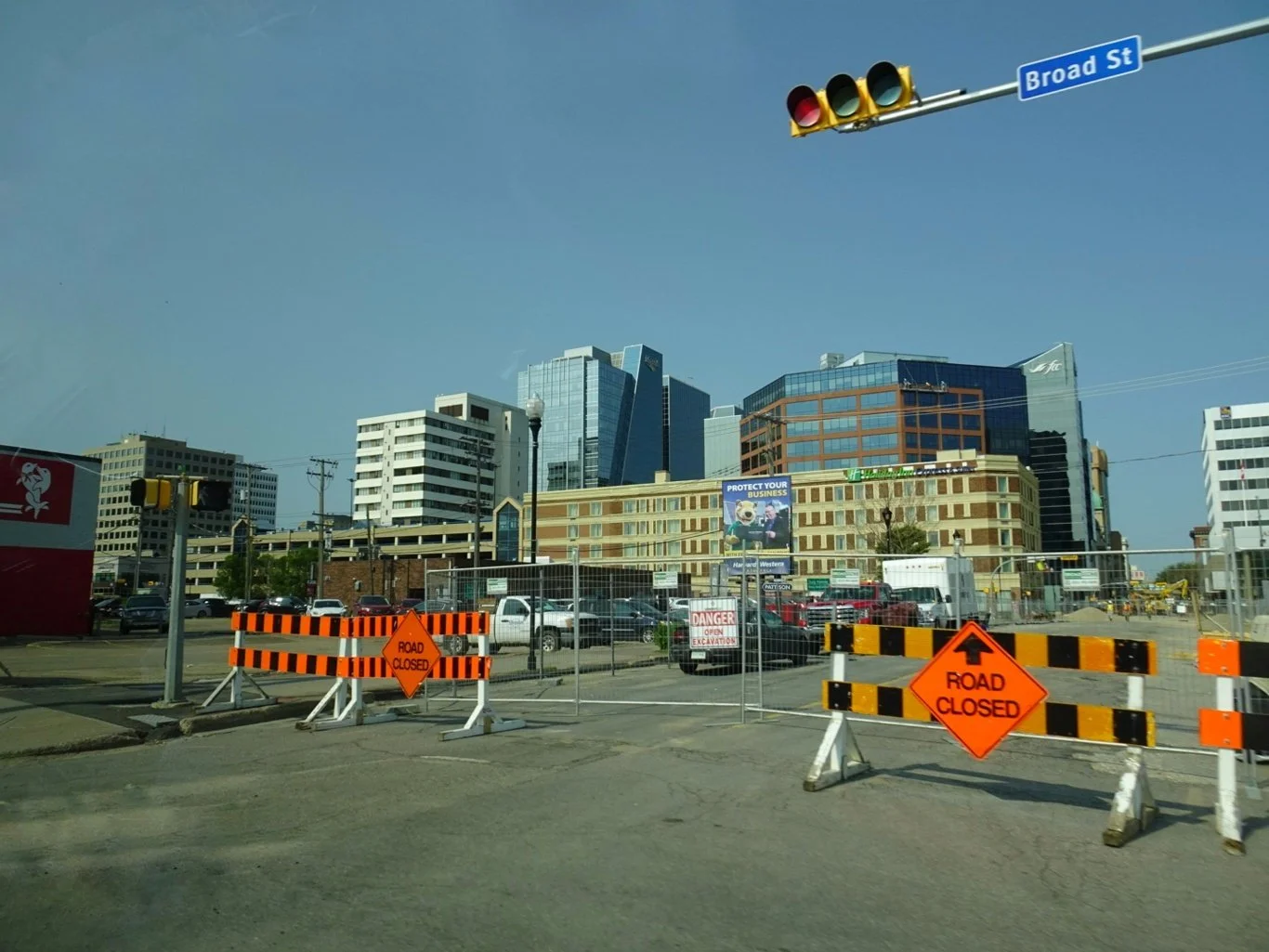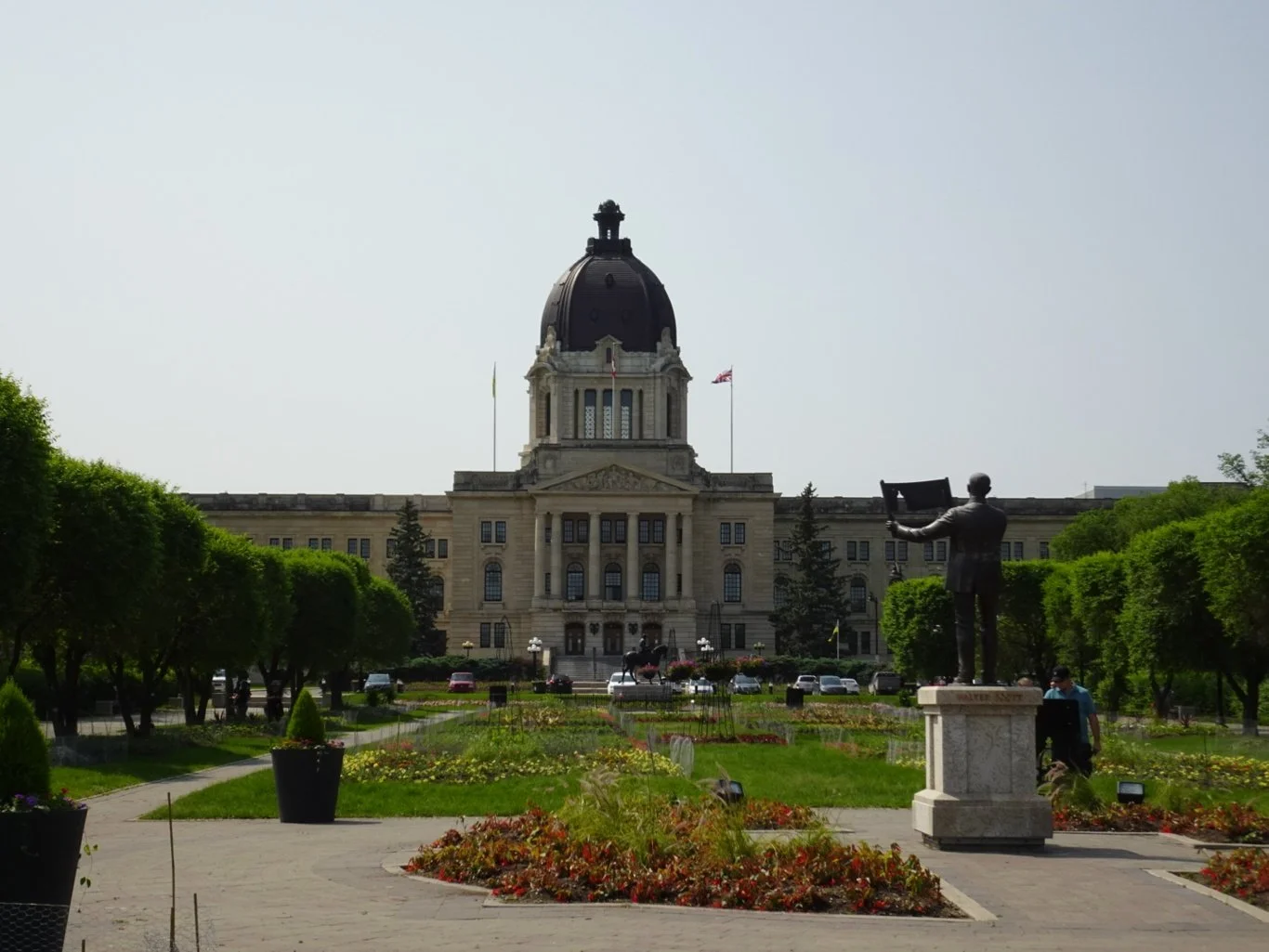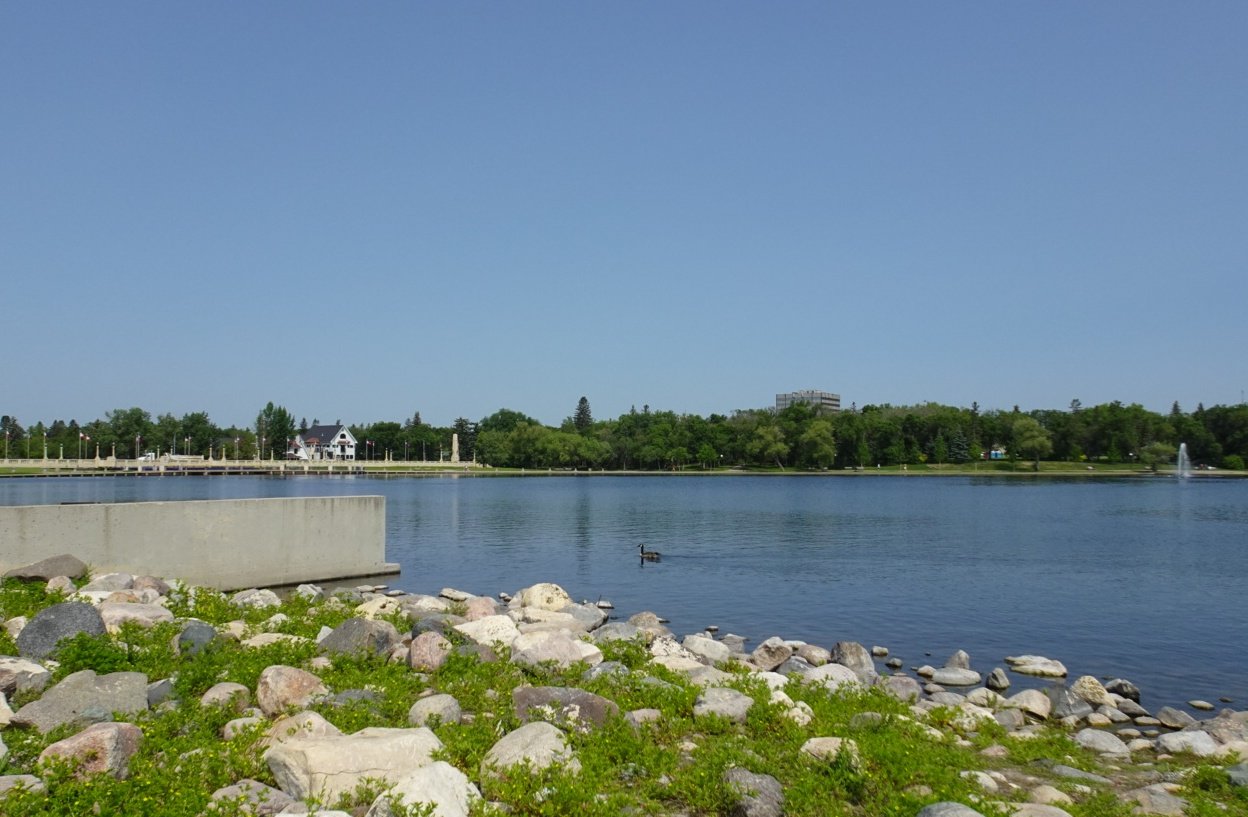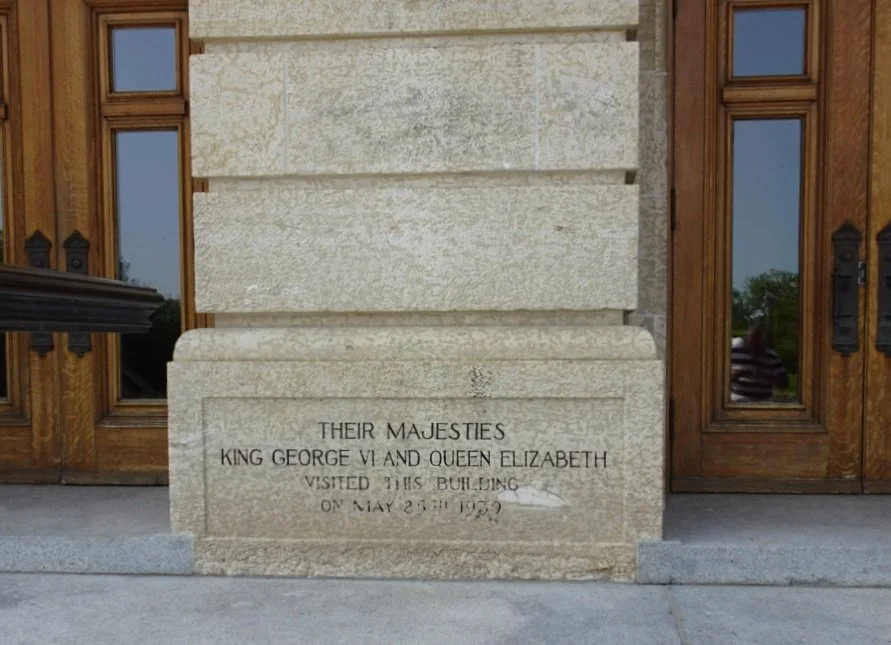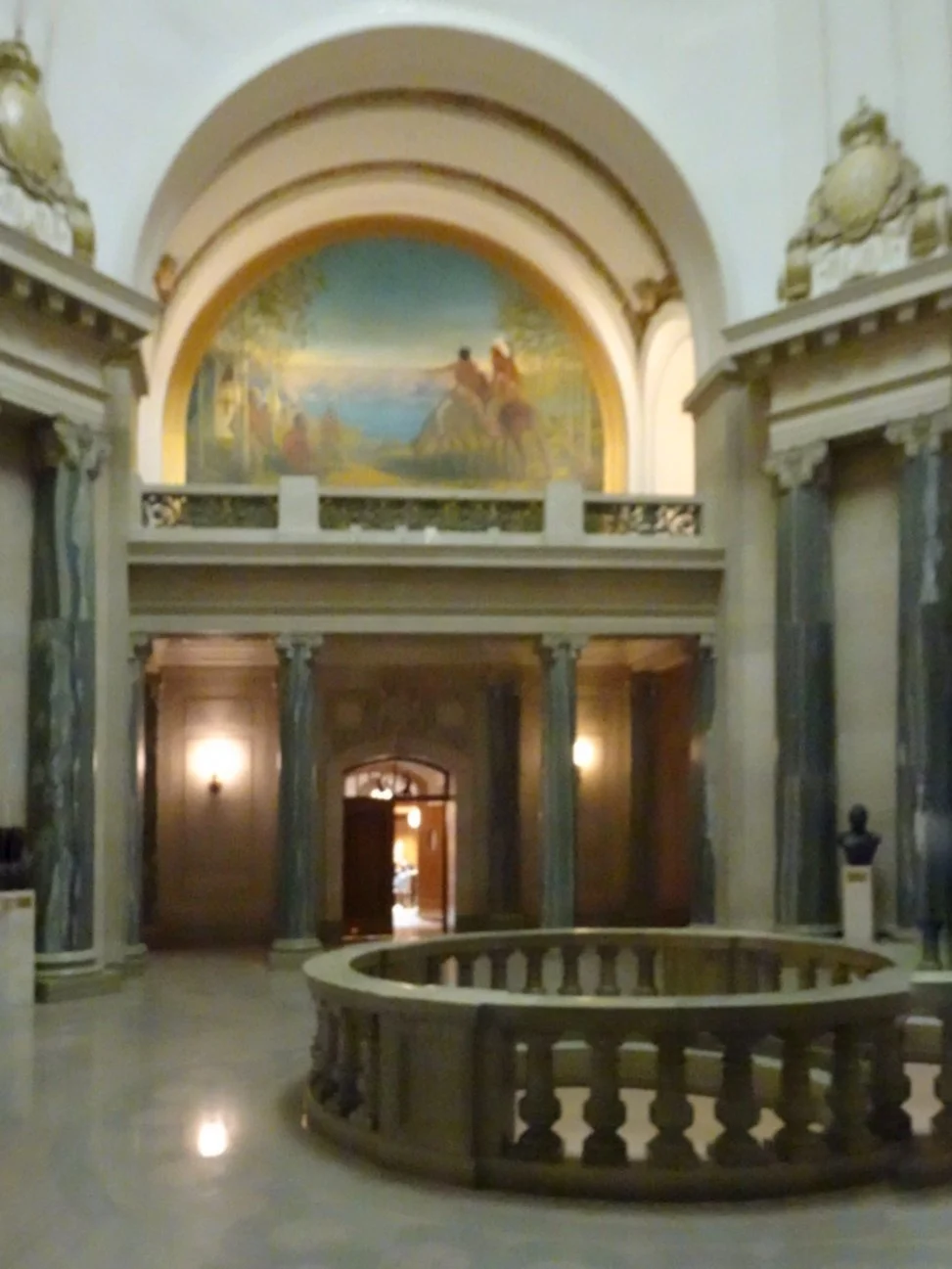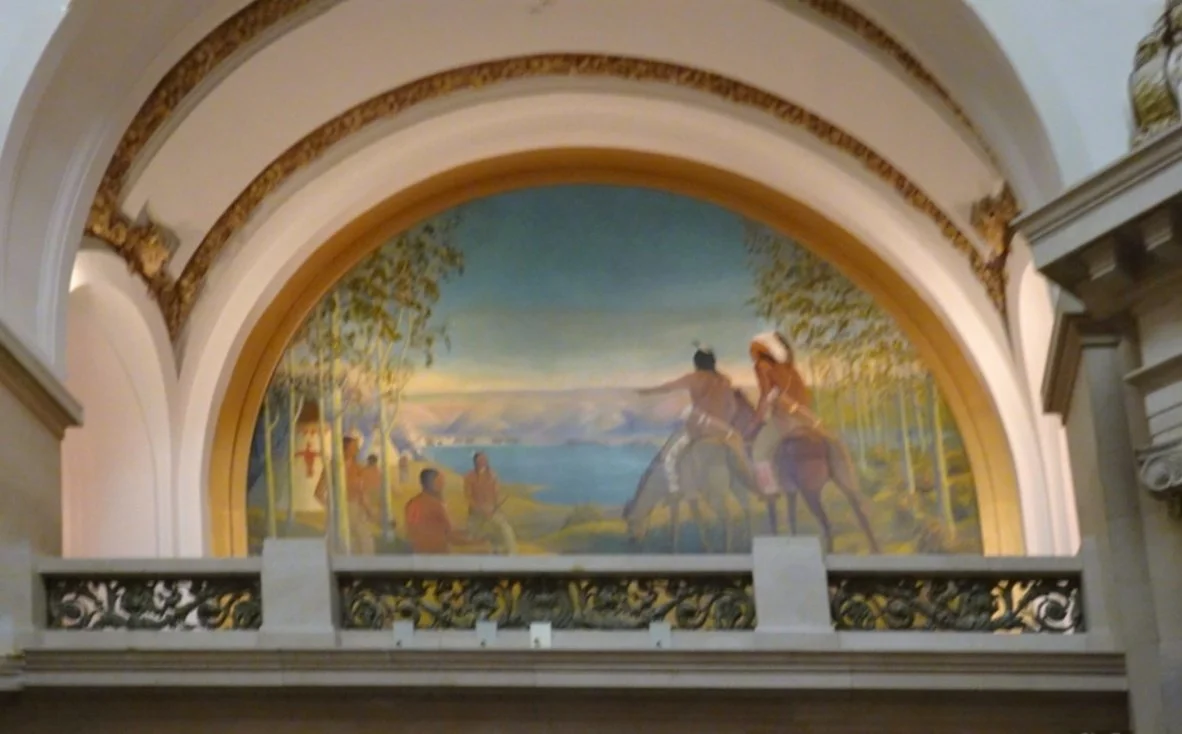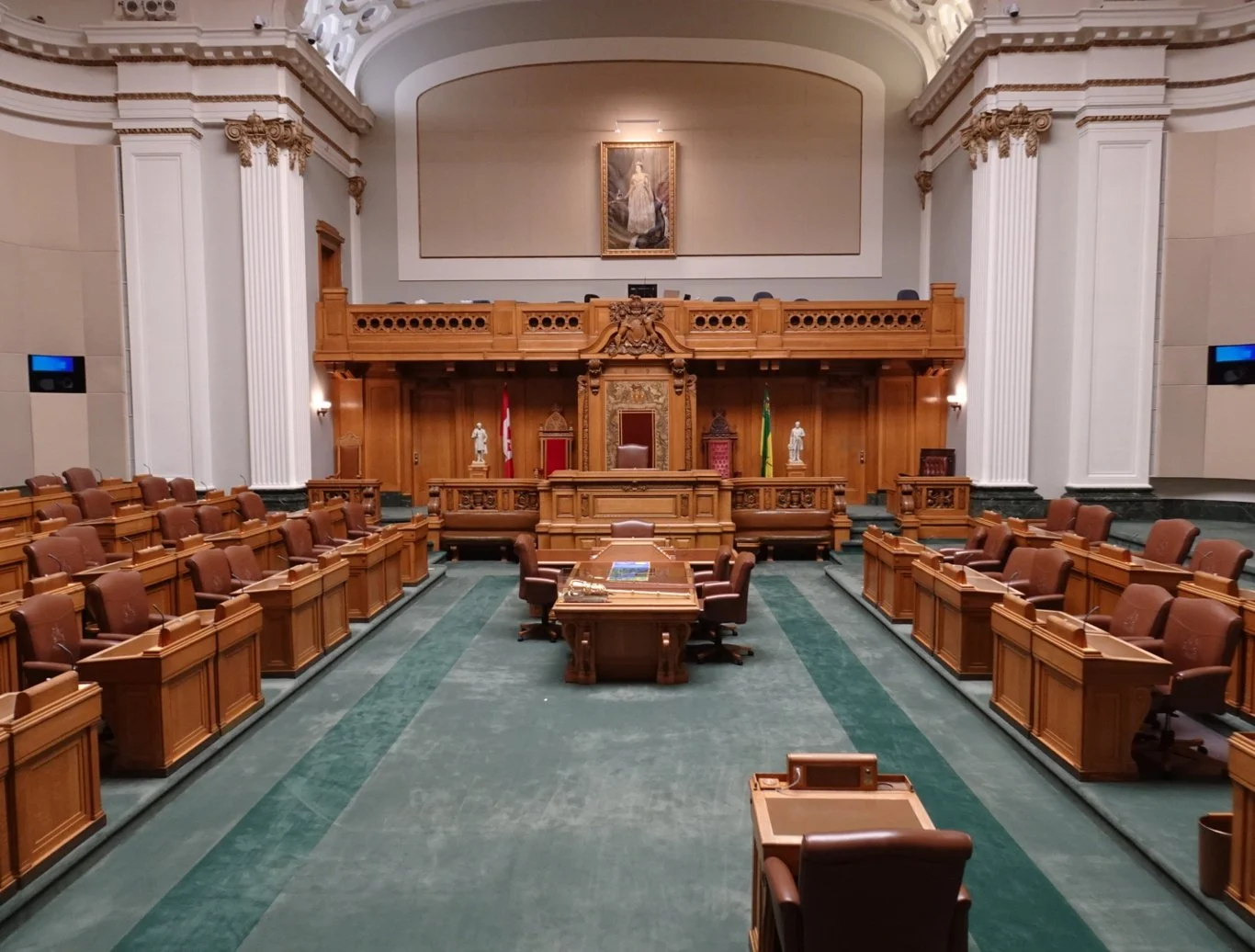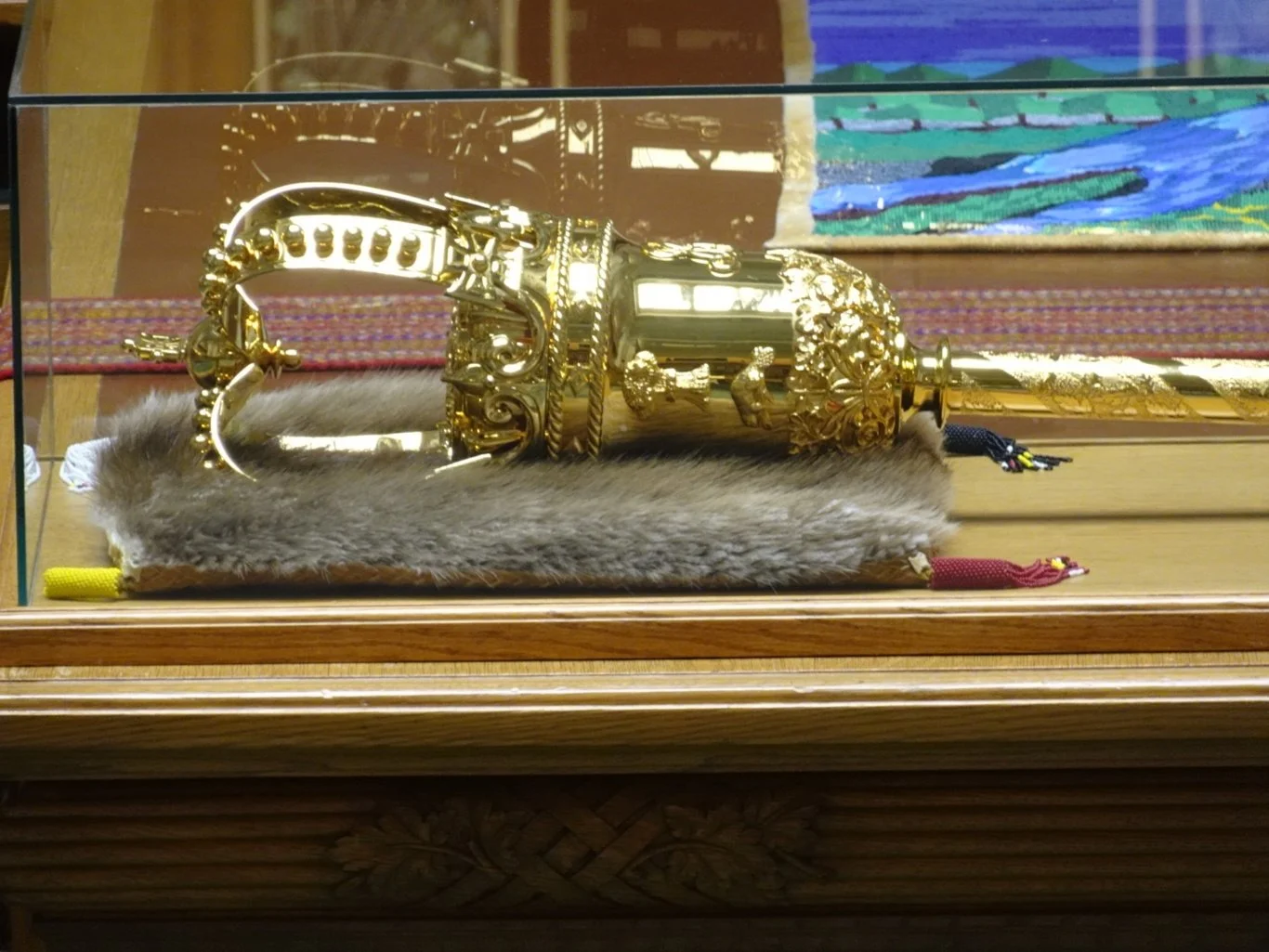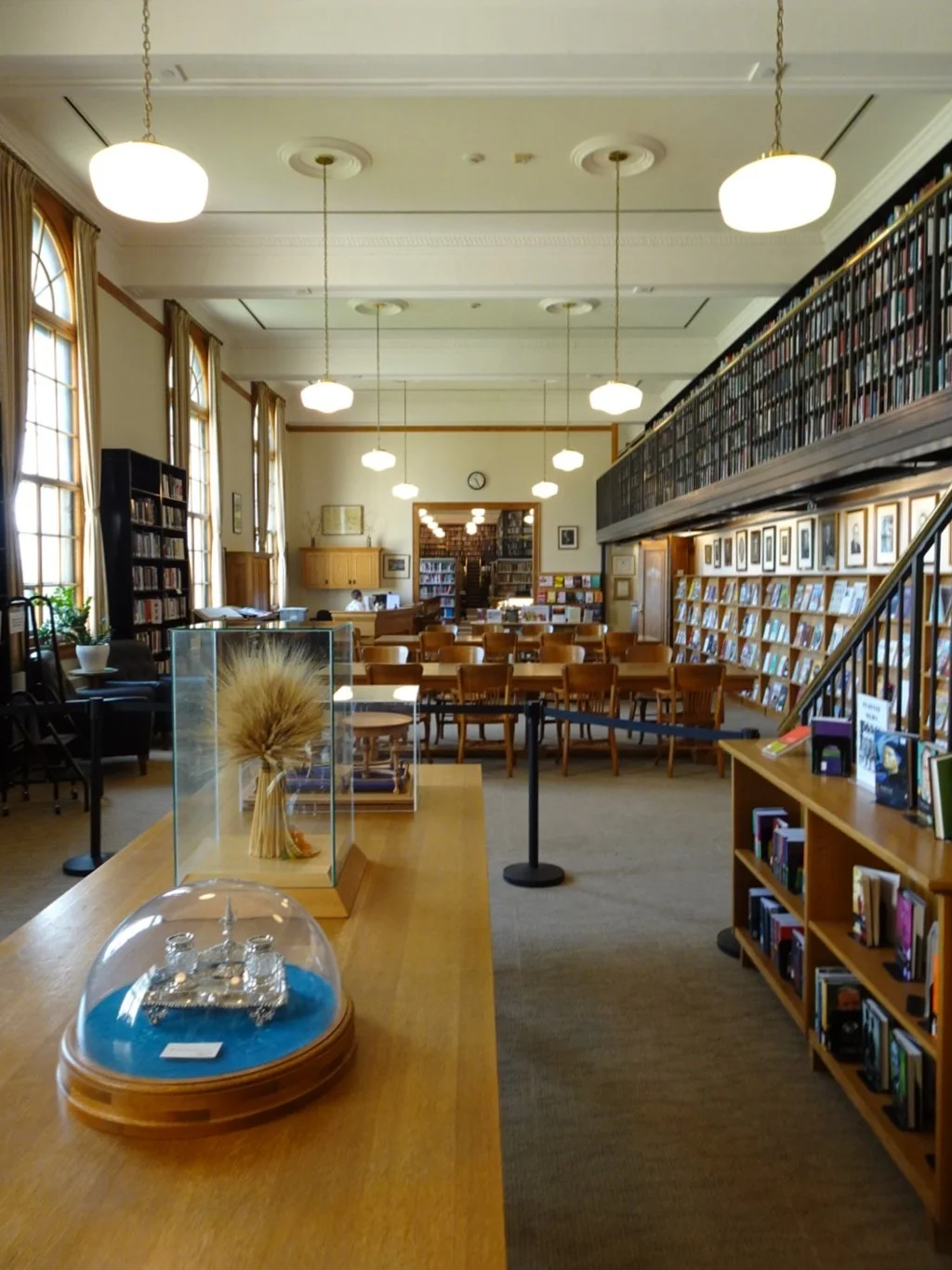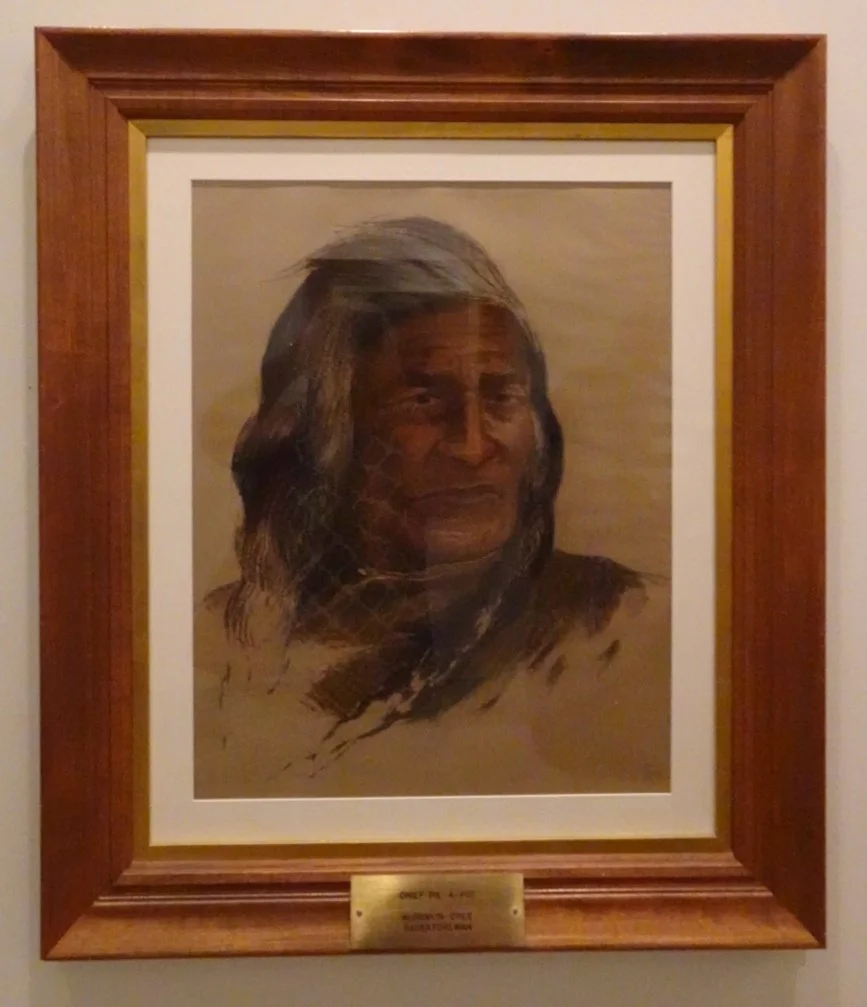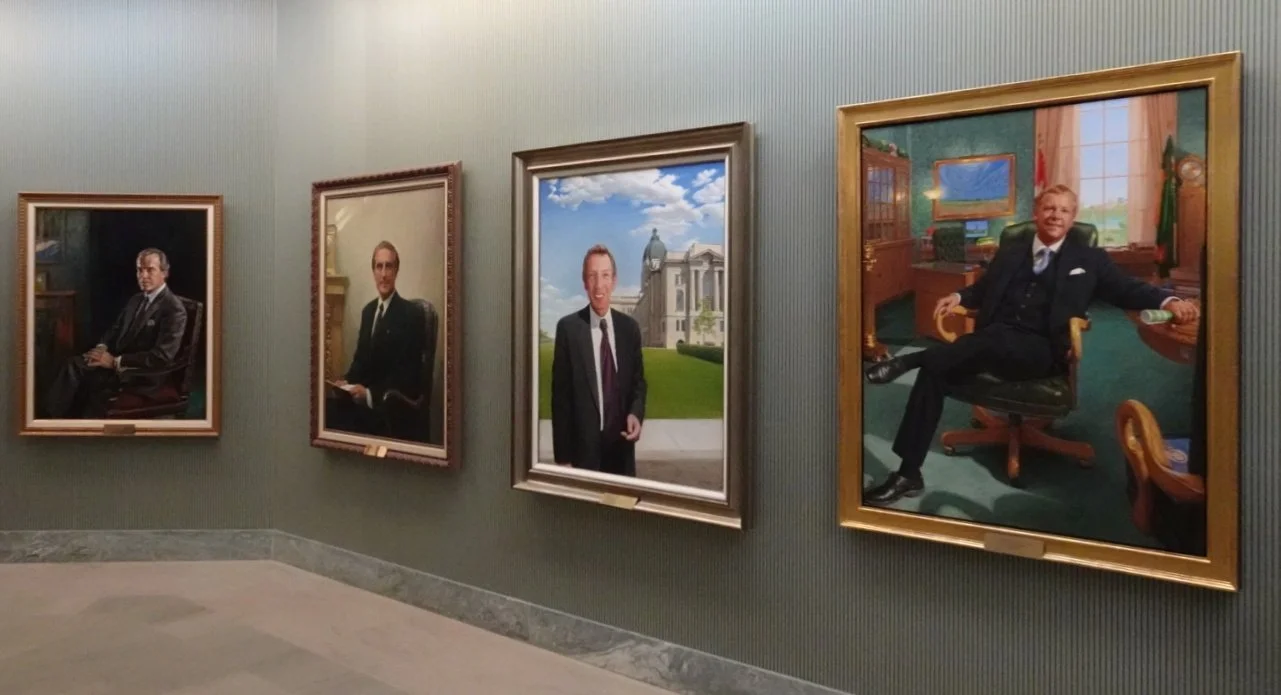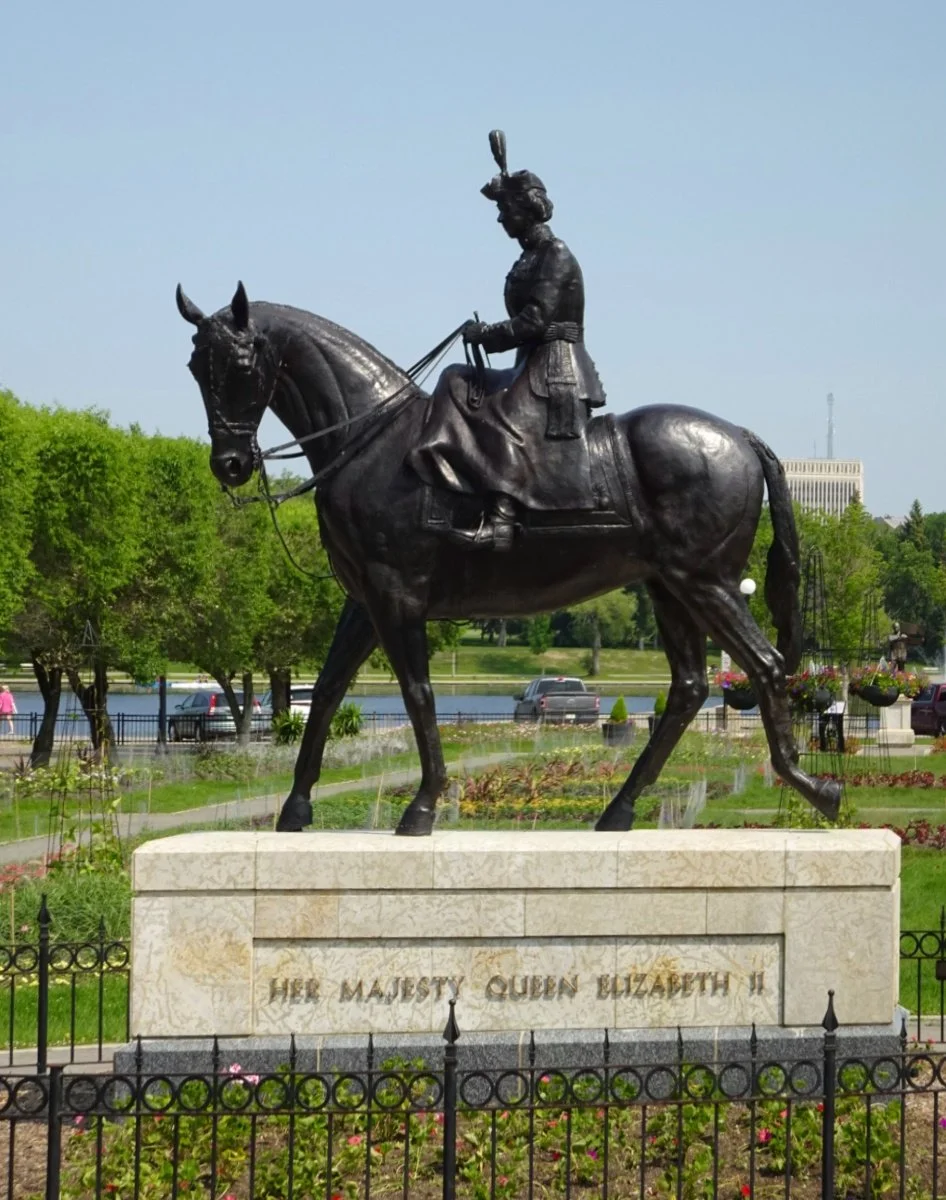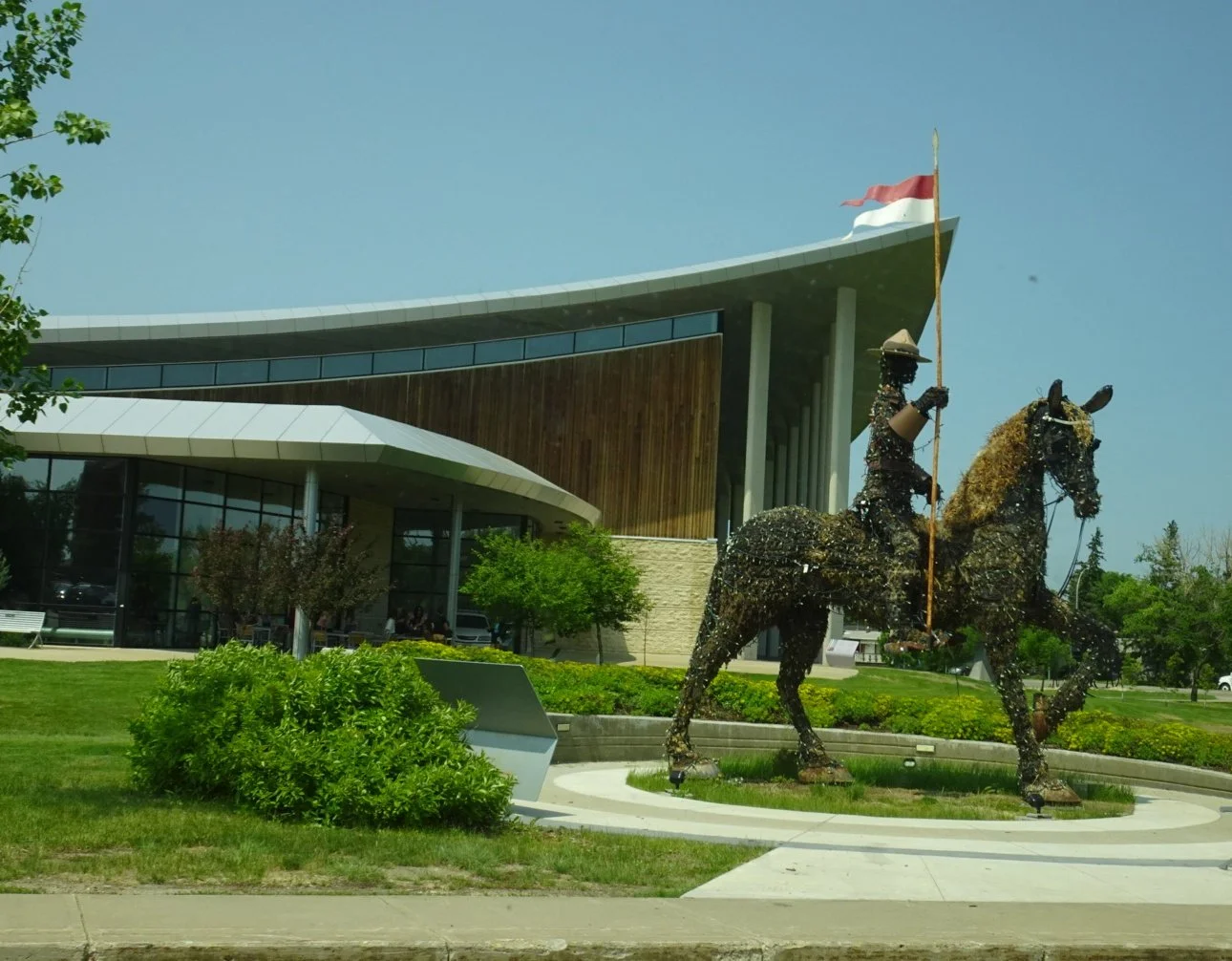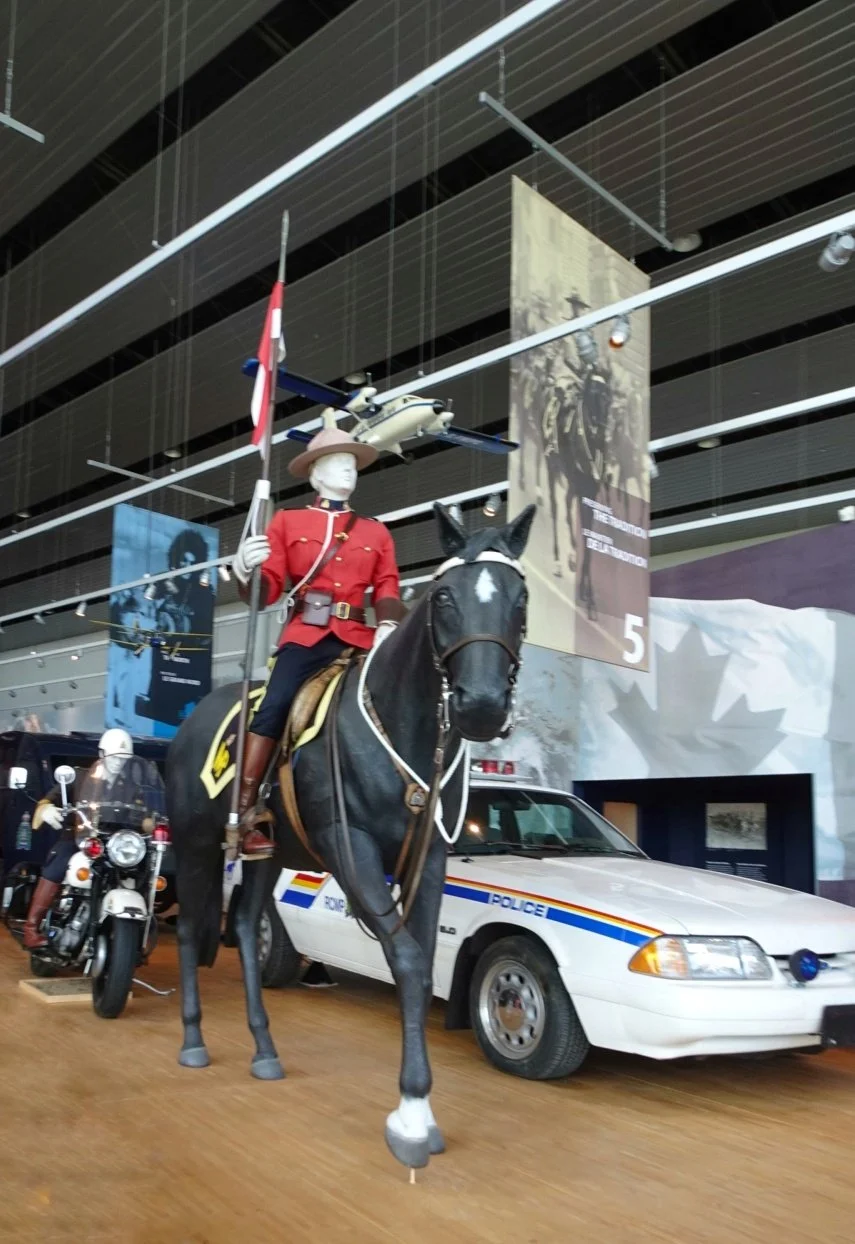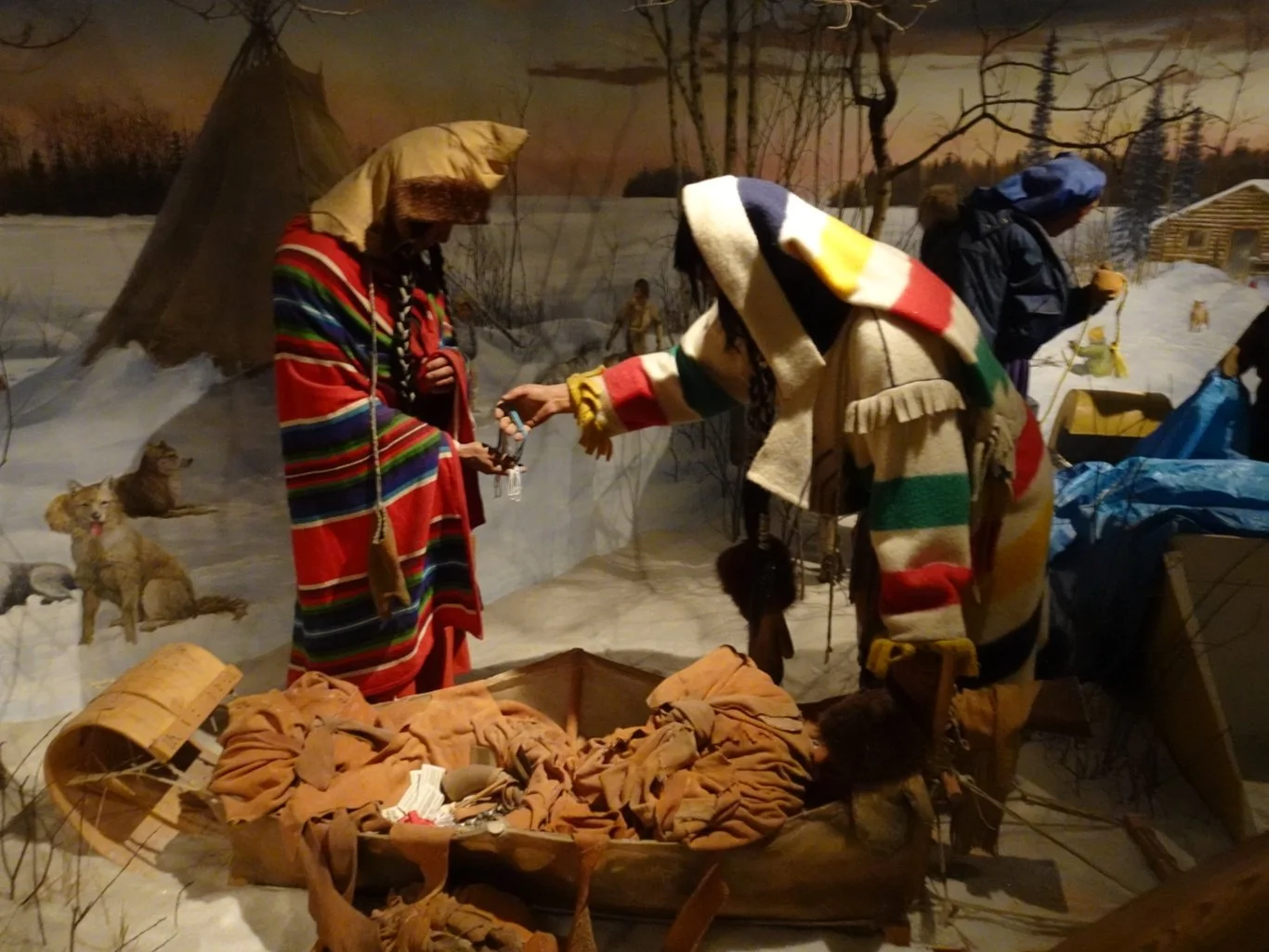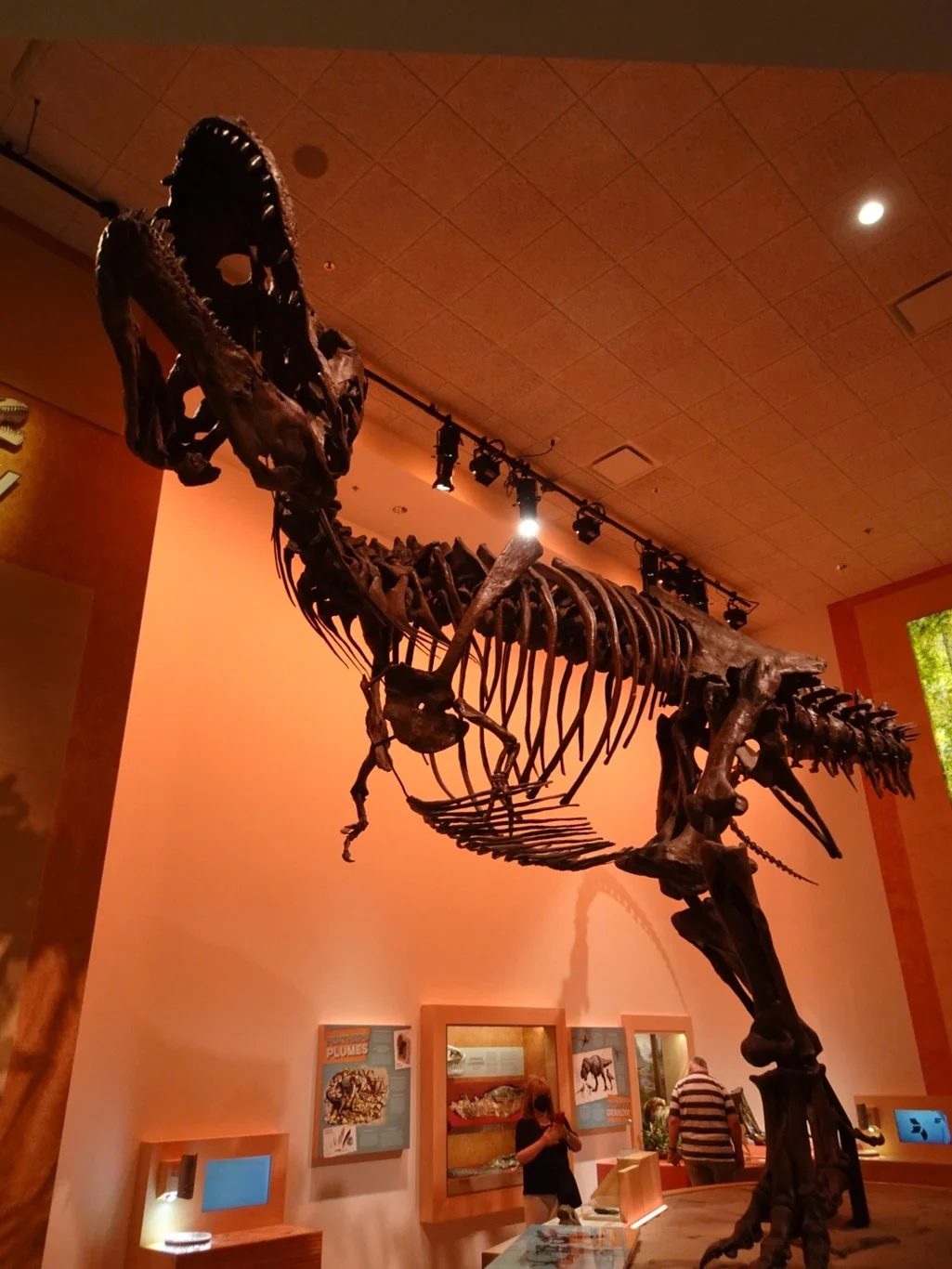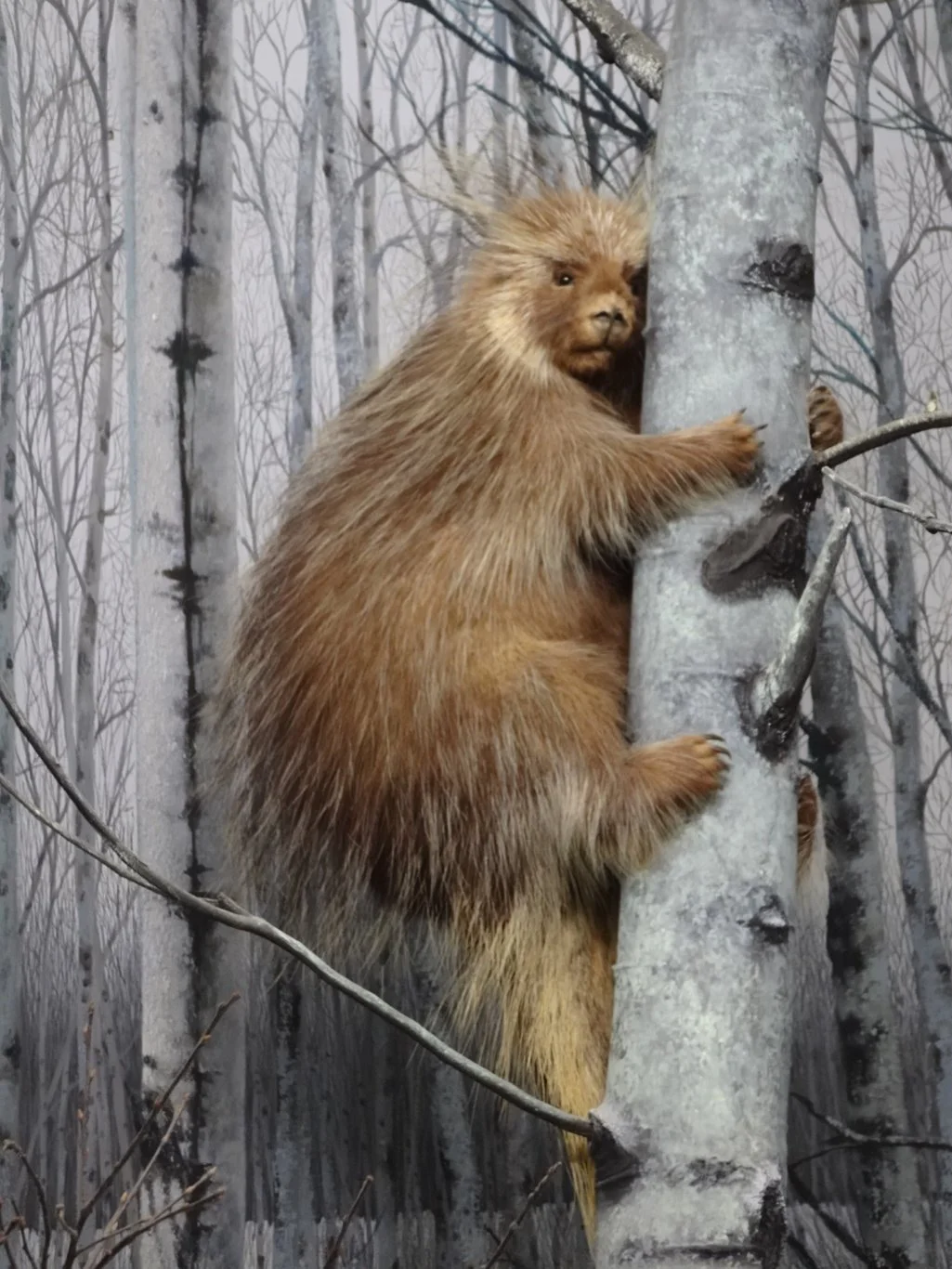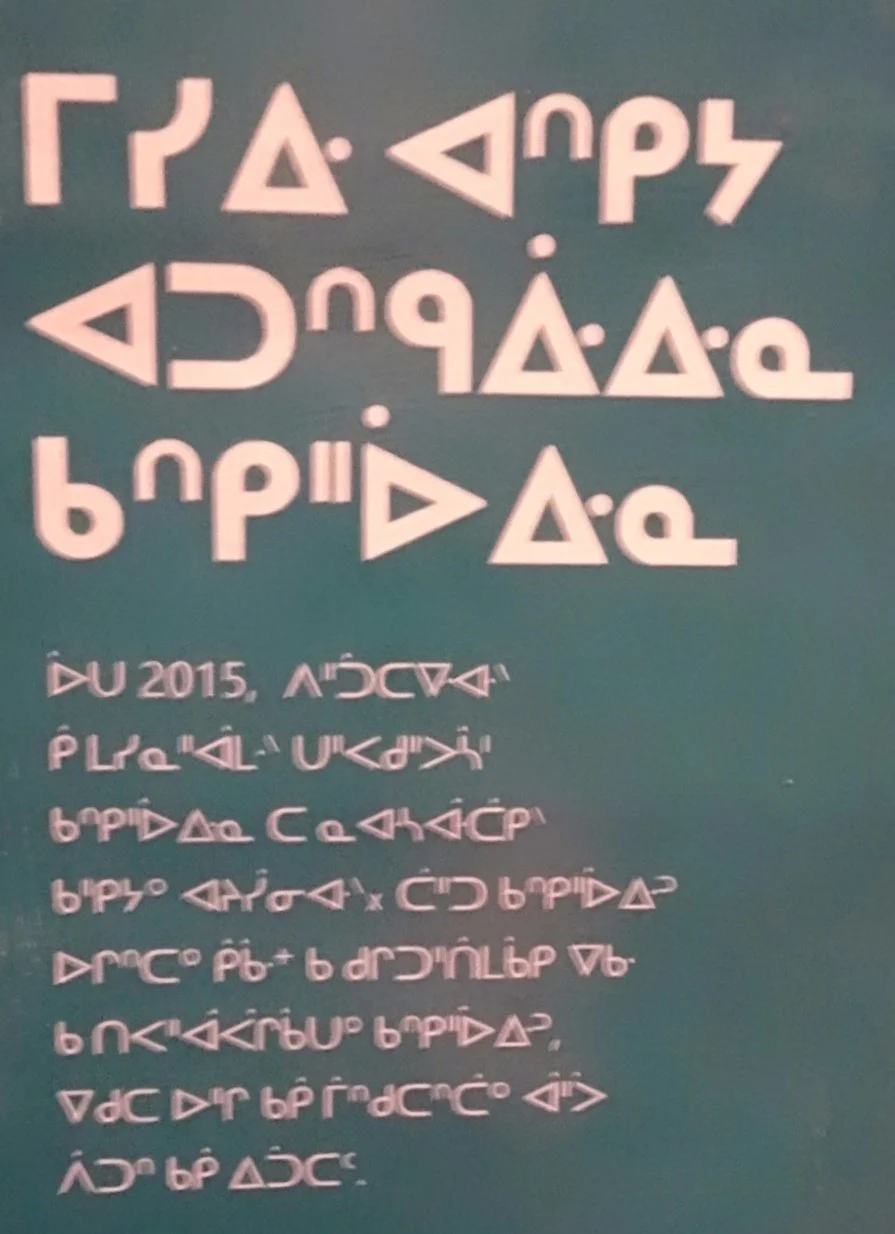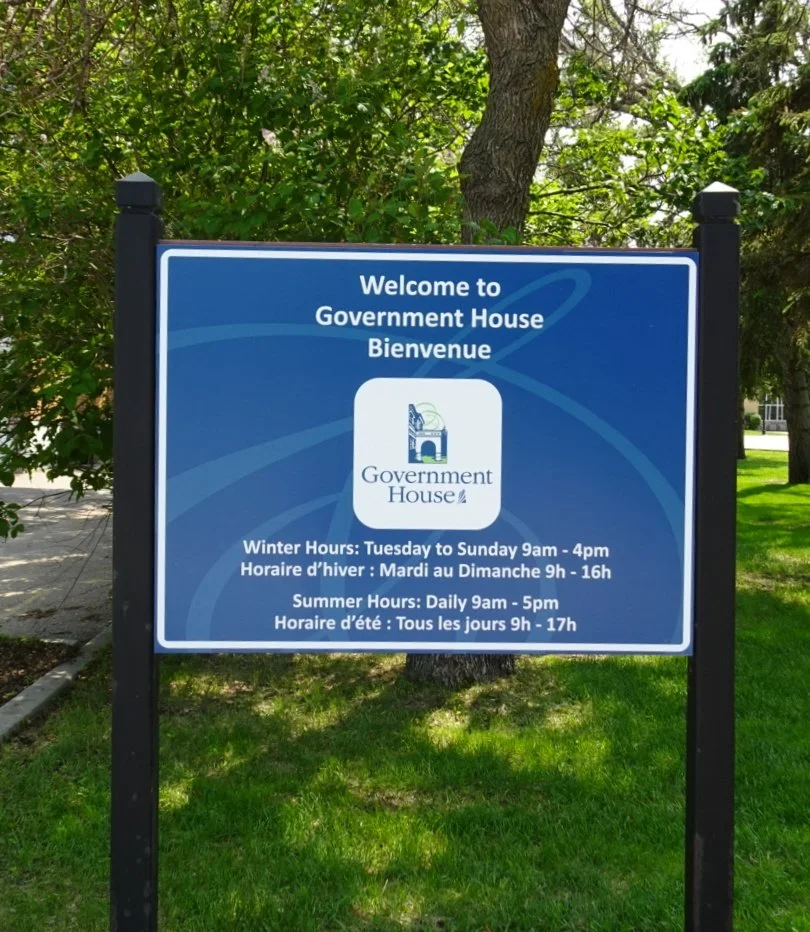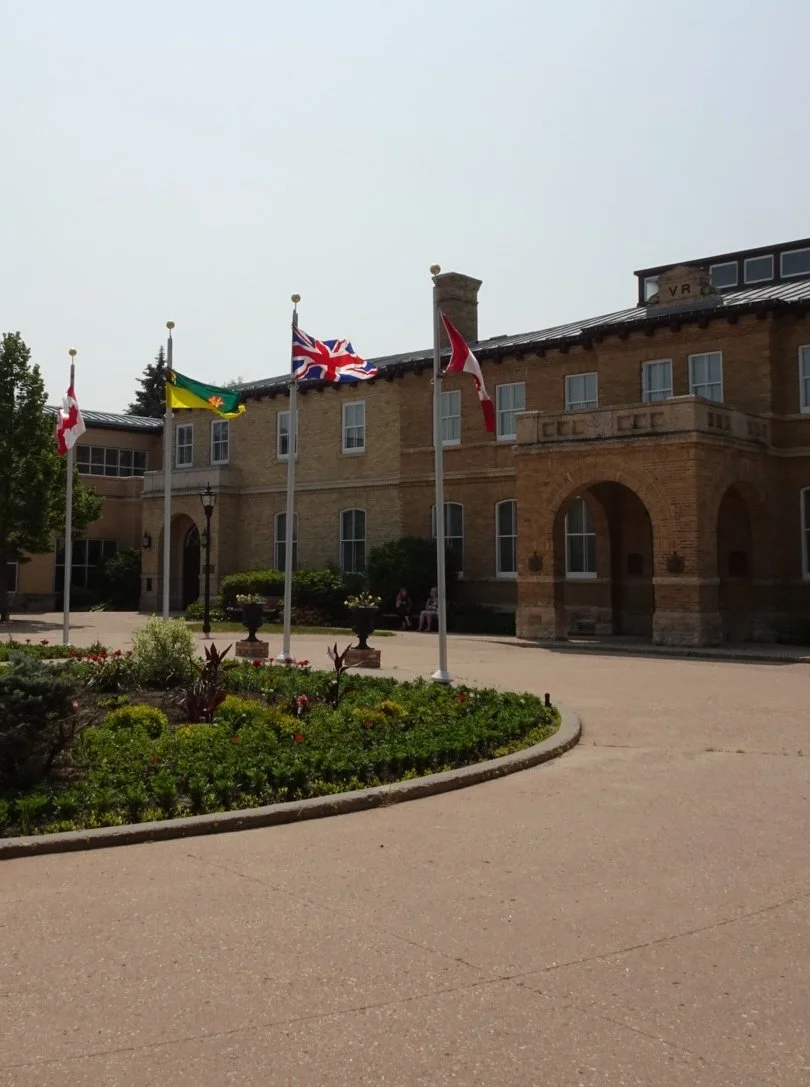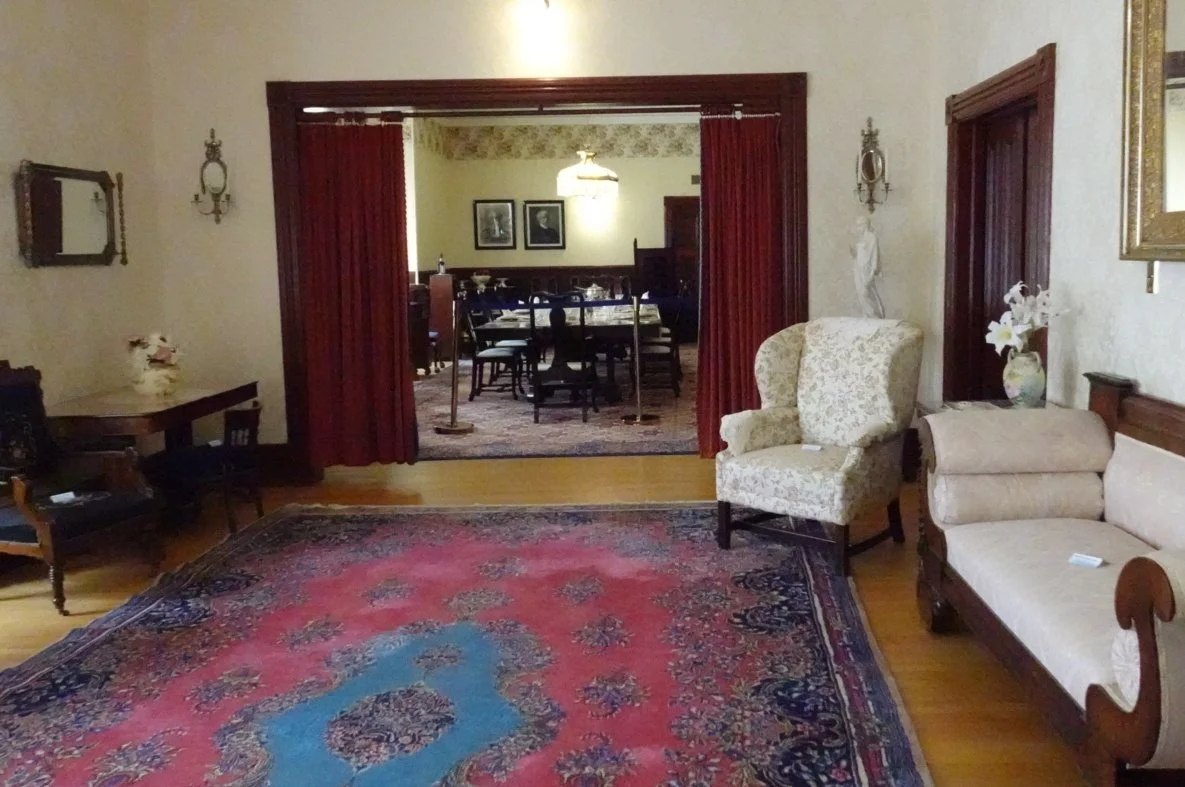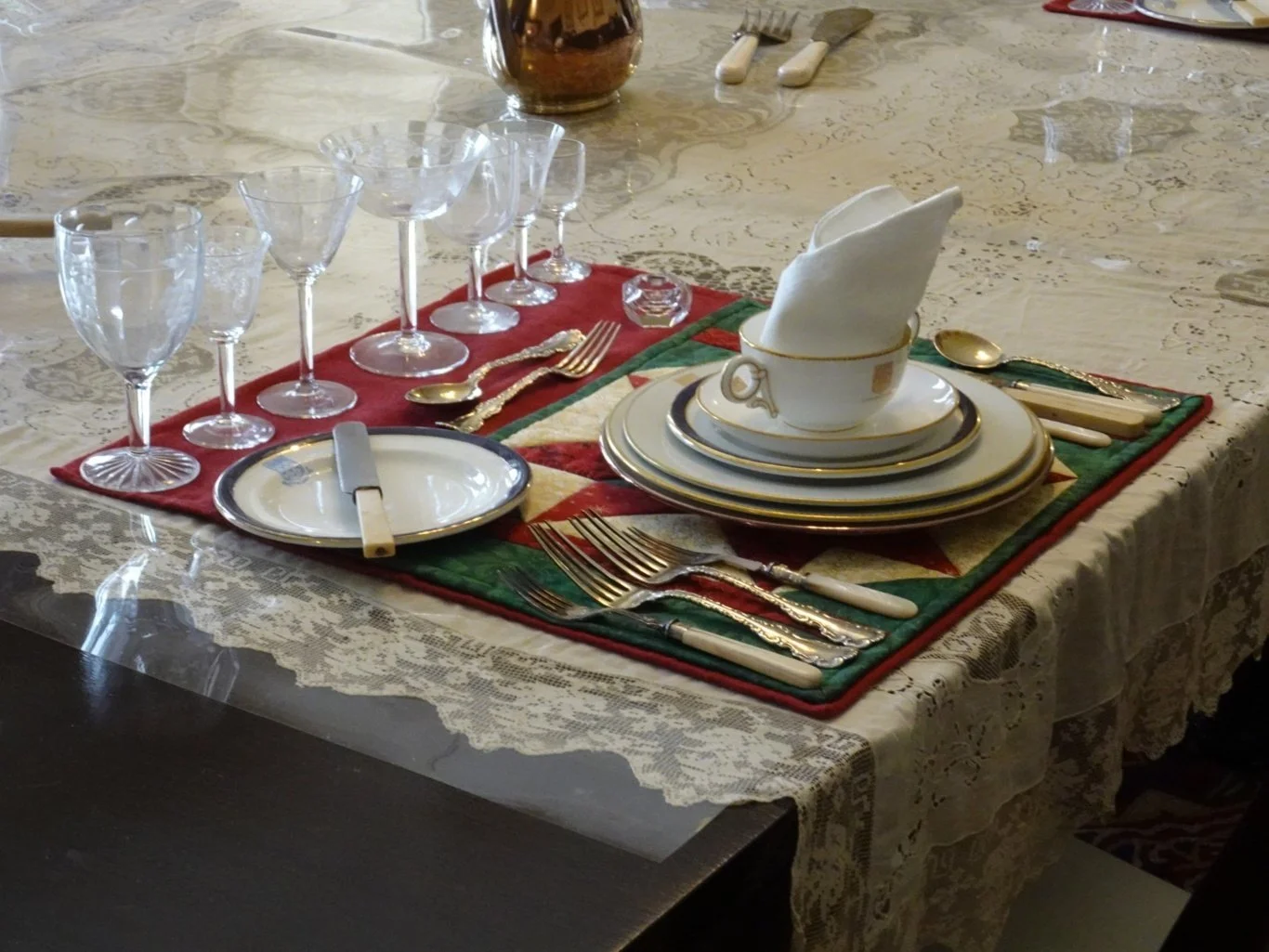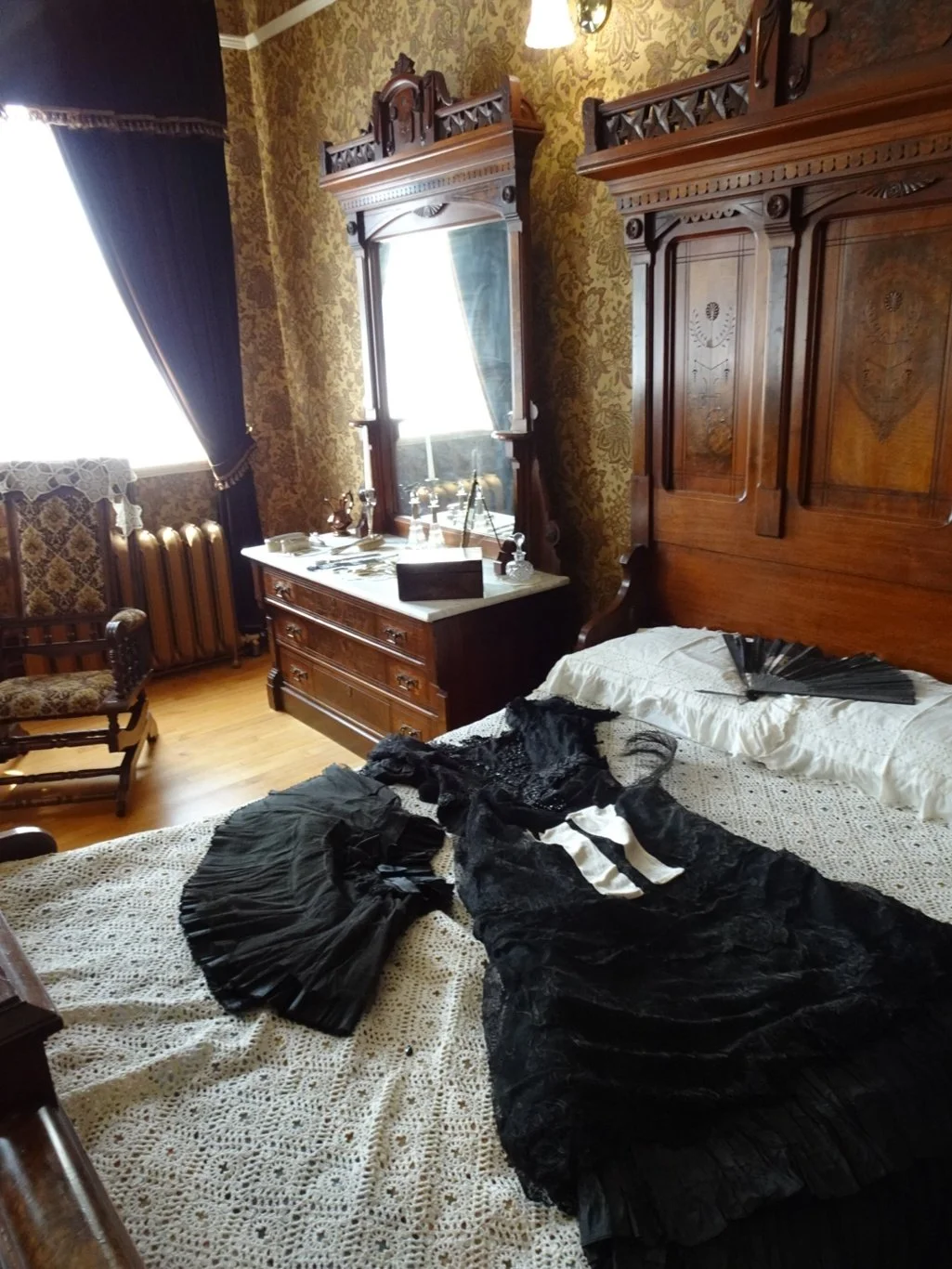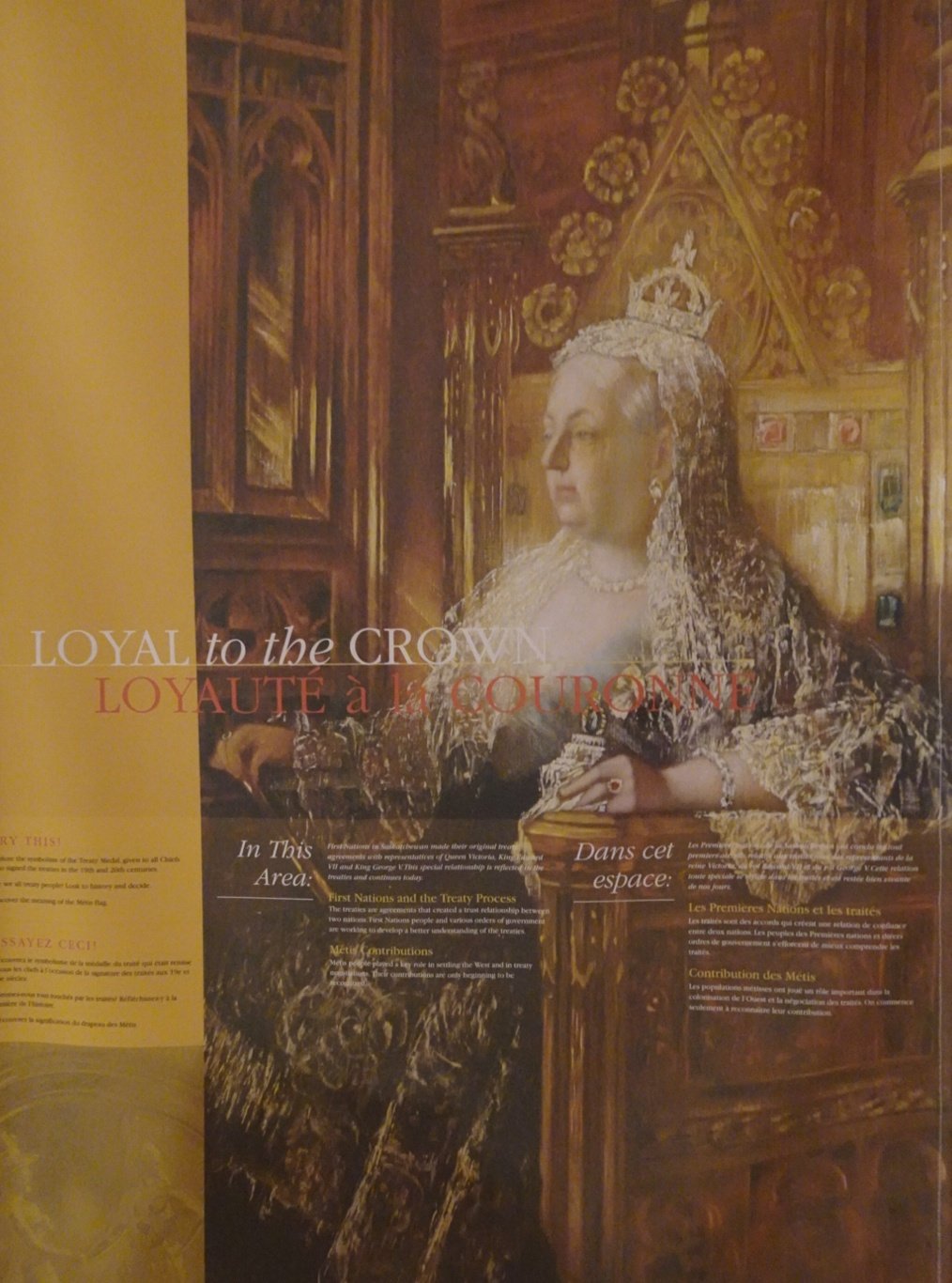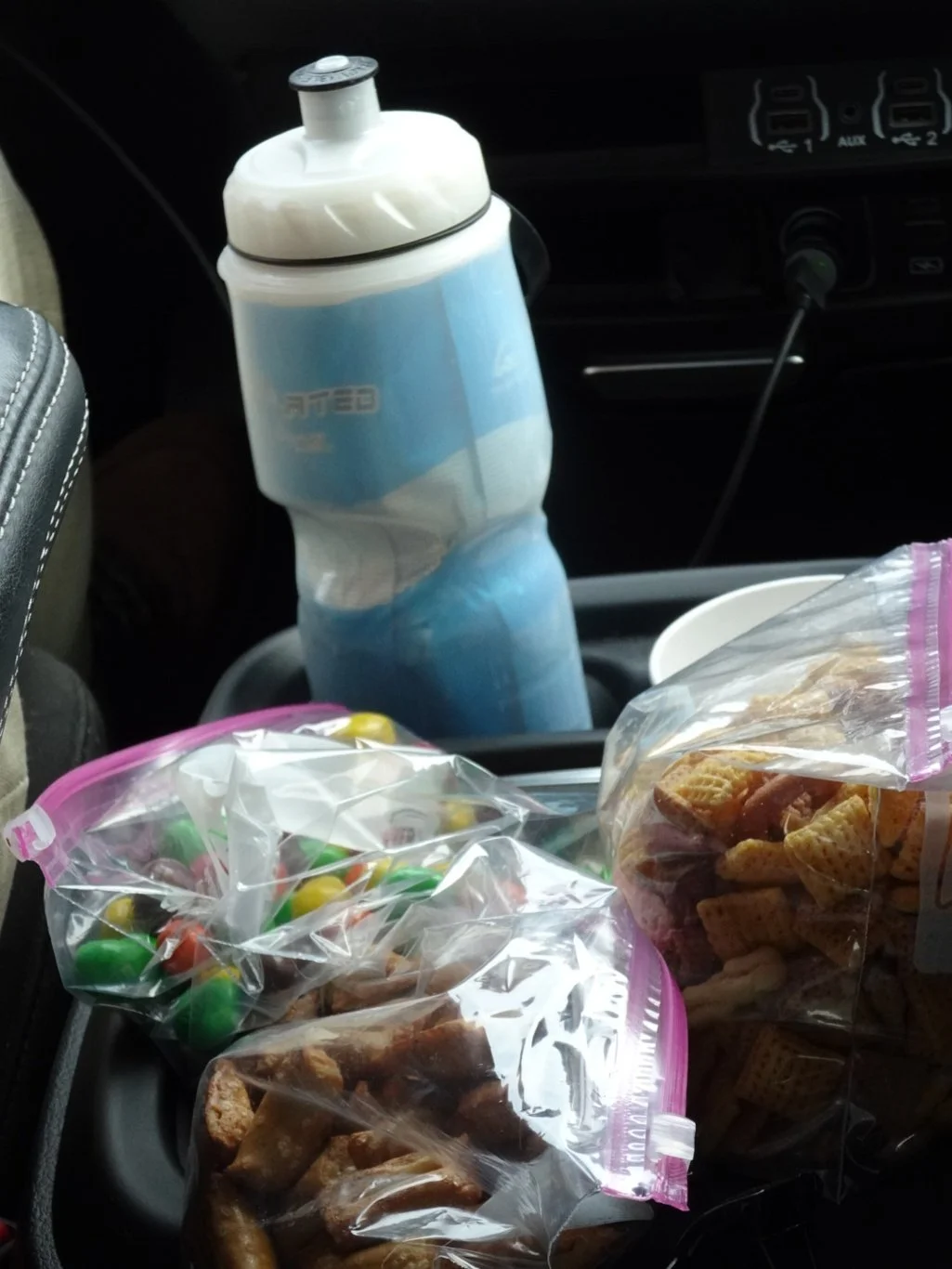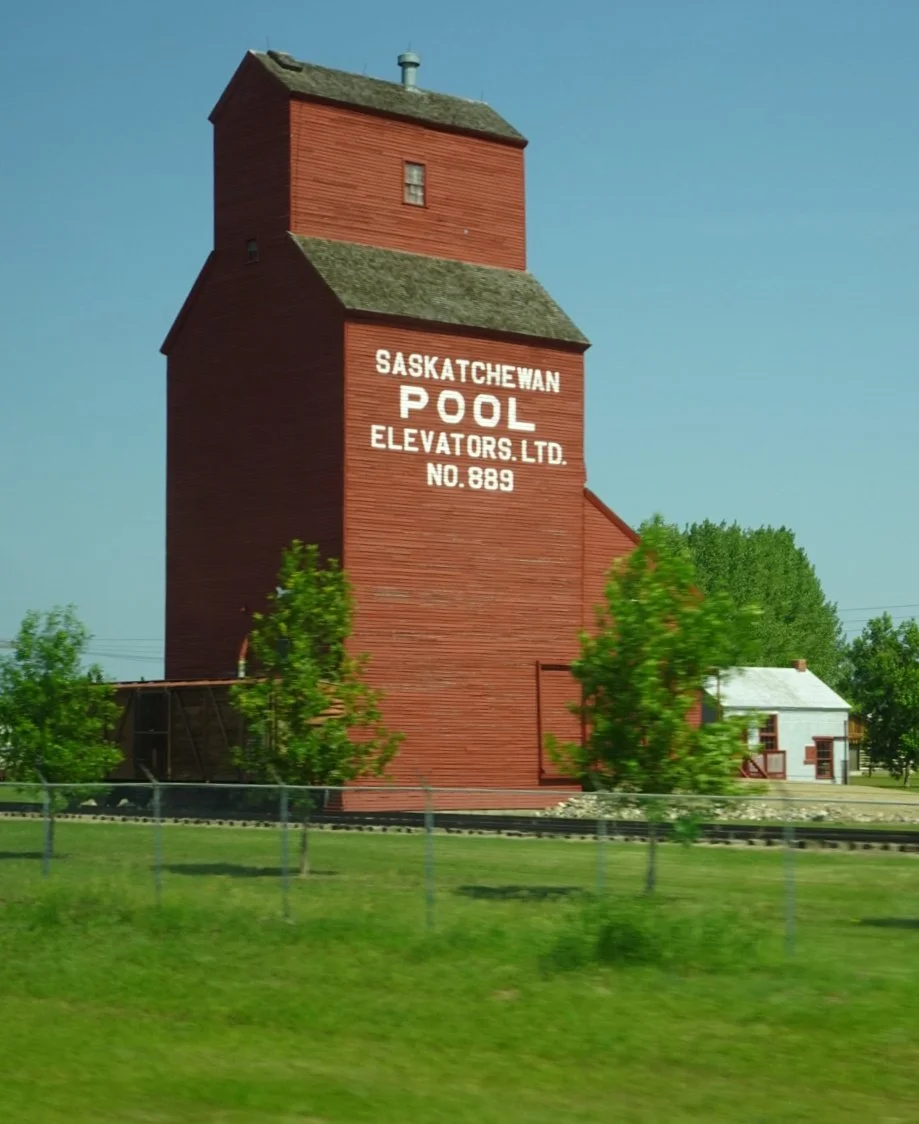Regina
With just one day to spend exploring Regina, the Provincial capital of Saskatchewan, we needed to pack it all in.
Though I can’t say the city centre appeared to be filled with a great deal of landmarks, at least not in the immediate vicinity of our hotel.
It was a short car journey then, to the Provincial Legislature, a fine building set in gardens on the south side of Wascana Lake.
It’s immediately recognisable in a photograph I spotted in our hotel showing the scene in 1910 when people were watching a boat race on the lake.
The lake today was a little more peaceful with a few walkers and joggers on the path and a handful of paddleboarders making their way past a couple of Canada geese.
We made our way up the steps and inside, noting as we went the inscription from one of several Royal visits. Making our way through the security process, I noted that the police officers were wearing what I assume to be bullet proof vests with “Peace Officer” in large letters, front and back.
We were just four in our group; the three of us and a woman we’d seen in our hotel at breakfast this morning, from South Carolina. Our guide, Geneviève, was excellent and took us immediately to the first stop here underneath the rotunda, explaining that the corner with the bronze bust by the pillar was the place where journalists and commentators would meet leglislative members during sessions, for comments and questions. The equivalent place in Westminster is known as the Lobby.
The mural was one of a pair, this one representative of the south of the province,
and on the other side, representative of the north.
From here, our next stop was the chamber where the legislature meets.
There are many similarities to the UK Parliament here, particularly with the layout of the government and the opposition. Right now, the party in government has a large majority of the 61 seats, so the number of chairs on the left of the chamber way outnumbers those on the right. The Speaker sits beneath the portrait of the late HM Queen Elizabeth - we said that we’d give them a nudge in London to hurry up with a portrait of HM King Charles III to replace it. In front is the Mace, rather similar to that in Wesminster.
Though this one sits on a beaver pelt with a specially-designed Métis sash and a First Nations beaded mace runner, each one a symbol of the ancestry of the Province.
Next stop was the Library, where there was a large collection of books and magazines accessible to all, not only the MLAs
From there, our route took us through a series of remarkable portraits of Assiniboine Tribal Leaders by Edmund Morris, shown and described so well in a pdf download here Worked in pastel on rough textured paper, the character and personality in each portrait is superb. I loved them.
Quite a contrast around the corner, where the past and current Premiers’ portraits hang, ranging from the serious, statesman-like gentlemen of the last century to the more recent chaps who are painted to be “just one of the boys”.
We bade farewell to Geneviève and wished her well, making our way to the front door again, taking a closer look at the equestrian statue which stands in front of the Legislature. Another reminder of the importance of the Sovereign here in Canada and how fondly HM Queen Elizabeth is regarded.
It’s more than likely that HMQ is riding her favourite horse, Burmese, which gives us a link to our next stop here in Regina.
On to that place now, with another clue on the corner as we turned into the car park.
Can you guess? Is the hat a clue?
The Royal Canadian Mounted Police Heritage Centre tells the history of the service and offers an insight into their work today. We enjoyed looking around the interesting exhibits and learned a little about “the Mounties”, who have an almost mythical status in the UK. For example, the phrase that springs to mind: “The Mounties always get their man”. Here was the perfect place to find out more.
Well, first of all, that idea was a Hollwood concept I learned, largely created in films such as Rose-Marie, where the handsome RCMP hero became somewhat of a legend. “And those young men dressed in smart red uniforms at their passing out parade do look amazing”, said the museum staff member I was chatting to. She also answered my query about whether every RCMP Officer needs to be an expert horseman. No - these days only a few of them ride; mostly those in the ceremonial troop. Most officers work just like any other police force and drive motor vehicles!
Having corrected a few misconceptions about the RCMP, it was time to move onto the Royal Saskatchewan Museum.
(And yes, HMQ’s favourite horse, Burmese was a gift from the RCMP, we learned)
The content here wasn’t quite as we expected. We’d decided against the Science Museum, thinking it might be geared towards children, preferring a more adult “history” museum. I was hoping to learn more about the Treaty Zones - what does it mean when I read that something is “in a Treaty 4 area” for example. Well, although there was a little about these things - the exhibit in the photo above for example, showing how men and women have worked together to trade goods, there was only a small explanation of the six Treaties with examples of the manuscripts and the terms agreed. Mostly, this museum was about wildlife and nature. That meant more fossils - Scotty, the largest Tyrannosaurus Rex ever found, for example.
But mostly the displays were small vignettes of stuffed animals in realistic settings. Not really my cup of tea, except there was one in particular that I appreciated.
I realise that I didn’t really know what a porcupine looked like! It was only when I was talking to the ranger in North Dakota about those slippers decorated with porcupine quill embroidery that I tried to imagine what the animal looked like - and were there really porcupines in this part of the world? I had no idea.
Well, now I do. Perhaps it was worth visiting that museum simply for that alone?
Actually, there was something else. I have noticed here, that commentary is offered in English, French and another language which I didn’t recognise (above). I now know it to be Cree - fascinating.
Last stop of the day? The Government House of Lieutenant Governor Amédée Forget, displayed as it was in the 1920s.
I was surprised by the exterior of the house, expecting something both grander and more domestic in appearance, but as soon as we stepped inside and met Jacob, an enthusiastic and knowledgeable guide, we were immediately back there in a 1920s home.
There had been some modern improvements to the Winter Garden, for example which was incredibly hot on this sunny summers day!
But generally, everything was as it had been, like here in the Drawing Room/Dining Room, for example.
Where each place setting around the table was laid with custom made silverware and Royal Worcester china.
Upstairs, one bedroom was laid out with fashionable items of the day; another guest room was shown as it had been during the visit of the Prince of Wales, later to become Edward VIII.
Having concluded the house tour, Jacob showed us into the interpretive exhibition in the next rooms, where we found interesting background information about the Lieutenant Governors and their role in relation to the Sovereign of the time. One Sovereign in particular was shown in the same image as we’d seen in her portrait downstairs, looking rather younger than the 83 years we calculated her to have been at the time.
It was a fitting finale to a remarkable day in Regina, known as The Queen City, in honour of Her Majesty Queen Victoria herself.







